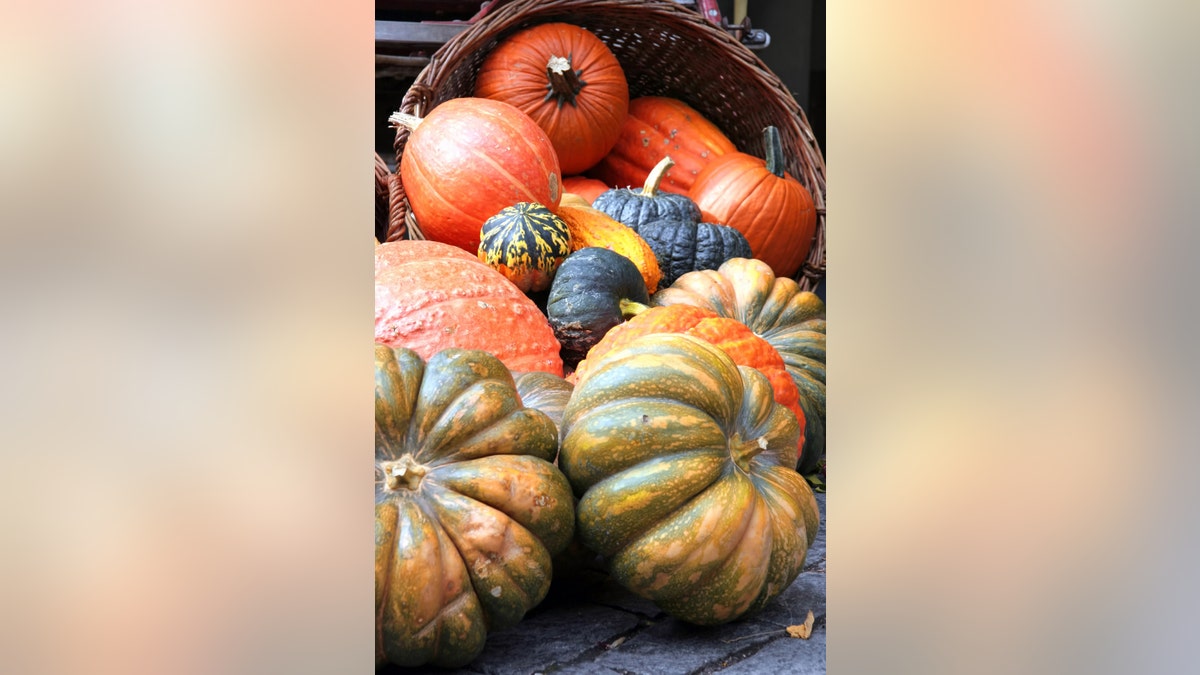
Pumpkins and squash as we know them only exist today because of early farming techniques. (iStock)
Thanksgiving just wouldn’t be the same without bright orange pumpkins and succulent squash.
But if it weren’t for mankind --and our propensity to farm-- the foods around the holiday table would probably look like a lot different.
According to a new study conducted by researchers at Penn State University, appearing in the Proceedings of the National Academy of Sciences, cultivation of the wild version of gourds and squash saved the plant from extinction.
Before humans roamed the earth, prehistoric animals often ate wild cucurbita --precursors to these winter vegetables, which had a tougher rind and was more bitter than the pumpkins we know today.
Over time, climate change and the extinction of many large mammals—which facilitated the seed dispersal with their feces-- nearly caused the cucurbita to be whipped out. Without giant grazers, the land quickly filled in with thick vegetation which took away the open spaces that allow ground plants like pumpkins to flourish.
But when humans appeared on the scene, about 14,000 years ago, scientists say they began cultivating remaining strains of the cucurbita.
“There was probably a long-term retreat of wild populations into ecological refugia, habitat zones that were able to support the wild plants even in changing conditions,” explained Logan Kistler, the study’s lead author, to Popular Science. But eventually, most of the wild types disappeared entirely.
Domestication likely began in the area that is now Mexico and continued up toward North America. Due to the plants' bitterness, Kistler says the early cucurbita offspring probably wasn’t eaten but rather dried out and used for containers and tools. Humans also cleared out large patches of vegetation to establish new communities, thus providing an environment for the squash to flourish once again.
As farming technology advanced, scientists believe that the cucurbita was bred to be sweeter—much like farmers use breeding techniques today. Eventually they evolved into the modern version of pumpkin and squash we cook with today.
Kistler says that pumpkins have evolved so much due to human cultivation that, “one of the common types of canned pumpkin that a lot of people in the U.S. will be opening up for pies this season has no known wild counterpart [today].”
But it still looks like we have our ancient ancestors to thank for the onslaught of pumpkin spice foods every fall.
